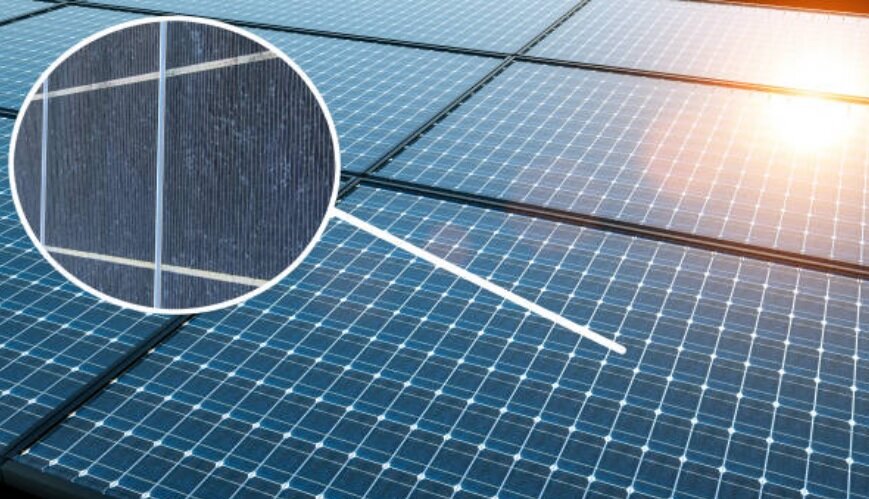Scientists have found a way to produce ultra-efficient solar cell on a commercial scale by using the “miracle substance“.
The breakthrough was made by a team of scientists from Imperial College London and the City University of Hong Kong (CityU). This discovery could have significant implications for renewable electricity production, and other zero-carbon goals.
Perovskite is praised for its extraordinary properties in comparison to traditional silicon solar cells. However, they are too unstable to be commercially viable.
Next-generation cells will be cheaper, more efficient in power conversion, lighter and more flexible. This opens up new possibilities like coating windows with thin layers transparent solar panels.
Zeev Valy Vardeny is a Distinguished Professor of Physics from the University of Utah. He described perovskite’s unique properties as “unbelievable, an amazing material”. Commercialisation of the technology was believed to be at least a decade off at the time. However, this discovery could make it a lot closer.
Perovskite’s difficulties were overcome by chemists who used a metal-containing material called ferrocenes as an interface between the light-absorbing solar cell layer and the electron transport layer.
Professor Nicholas Long, Imperial College’s Department of Chemistry, stated that “the unique properties of ferrocenes could help overcome the problems associated with perovskite-solar cells.”
The breakthrough technique enabled the scientists to create a solar cells capable of performing at the same level as silicon cells, while remaining stable.
The new solar cells were tested under constant illumination and showed a 98% efficiency.
